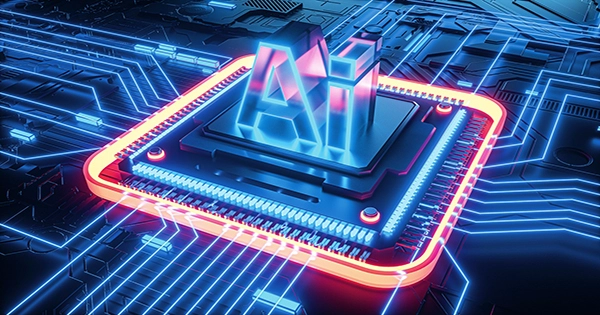Current and voltage are two essential parameters in electricity. In the same way that current is an event’s effect and voltage is its cause. We can learn more about the fundamentals and their parallels by understanding the distinction between voltage and current. Let’s examine the distinction between voltage and current presently.
Current: Current is the movement of electric charge in electrical circuits. The negatively charged electrons that travel about in circuits are known as electric currents. Therefore, the true physical result of current flowing in a circuit in one direction is electrons moving in the other direction.
The letter “I” stands in for it. The letter “A” stands for the ampere, the SI unit of current. One ampere is the unit of measurement for the amount of current that flows through a conducting point in one coulomb of charges per second.
- AC Current: Alternating current, or AC current, is a current that continually changes both its direction and strength over time.
- DC Current: Direct current (DC) is defined as a current that has a constant amplitude and does not fluctuate in polarity or direction over time.
Voltage: The voltage between two points is the difference in electrical potential between them. Electromotive force, often known as voltage, is what drives electrons or electric current across a circuit. voltage is a measure of the work that each Coulomb of electric charge is capable of doing.
An electrostatic field results from a voltage. The electrostatic field intensifies as the voltage between two sites rises. The electrostatic intensity between two points that are at a given voltage with respect to one another diminishes as the distance between the points grows.
Alternating voltage and direct voltage are the two fundamental types of voltage.
- Alternating Voltage: AC voltage is defined as a voltage that continuously and continuously varies in direction and magnitude. Alternating voltages can be produced by alternators.
- Direct Voltage (DC): DC voltage has a constant magnitude and maintains the same polarity across time. Direct voltage can be produced by batteries and electrochemical cells.
















